The Irish Potato – An Essential Part of Who We Are
Today we’re going to chat about a staple of the Irish diet and the impact this food had on Irish culture and history - the humble potato.
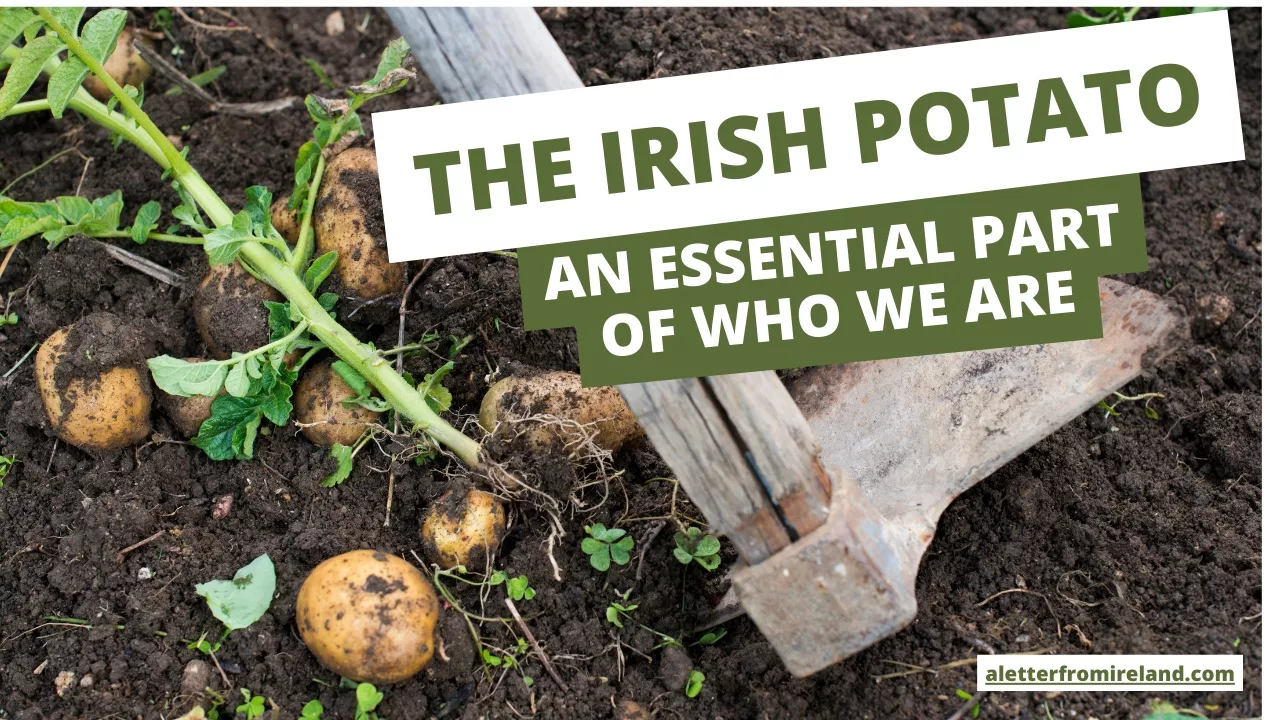
Céad Míle Fáilte and welcome to your Letter from Ireland. We’re enjoying “Mother’s Day” here in Ireland today (earlier than in many other parts of the world). The sun is shining for all the mothers around Ireland who are hopefully being spoilt and treated royally by their offspring! How are things in your part of the world?
I’m sipping on a cup of Lyons’ tea as I write. Why not join me with a cup of whatever you fancy as we start into the letter.
Today we’re going to chat about a staple of the Irish diet and the impact this food had on Irish culture and history – the humble Irish potato.
The Potato Arrives in Ireland for the first time.
“Can you see anything?”
“Hang on – yep, I can see over the wall now!”
The wall in question was a six foot high wall surrounding a private house and garden in the town of Youghal in County Cork. I was standing on a milk crate leaning against the other side of the wall in St Mary’s Collegiate Church graveyard. So, what has this to do with the potato arriving in Ireland?
Well, legend has it that this was the first place a potato was planted in Ireland in 1586. You see, Myrtle Grove was the estate of Sir Walter Raleigh and some believe that the first planting of a potato on Irish soil was in this garden into which I was peering. Nowadays, Myrtle Grove is in private hands so it takes a combination of nosiness and gymnastics to even peer into that historic landing place of the humble spud. Was it legend or fact? Was the first Irish potato really planted here? Well, it had to be planted somewhere – so I will run with the legend for now!
The Potato – The Perfect Crop for Ireland in the 1700s.
In 1532, Spain invaded the Andean region of what is now South America to search for gold. While there, they noticed the locals digging, cooking and eating some sort of tuber plant. They also observed how strong and healthy the locals appeared while having what they called the “Patata” as centrepiece of their diet. As a result, these “Patatas” were brought back to Spain and promoted as a food for humans – but ended up mainly used as animal feed until the 1750s. However, sometime along the way, European landowners noticed that what became known as the “potato” in English was not only a wonderful source of nutrition for workers – but it was also a hardy crop that tolerated poor soils. So, the potato became a staple of many diets across Europe from the mid 1700s.
The availability of the potato also coincided with a large population shift in Ireland. This co-incidence resulted in a population explosion in many of the western counties of Ireland – places with some of the poorest soil on the island. Let’s have a closer look at what happened.
When Oliver Cromwell arrived in Ireland (headquartering in the Youghal town I mentioned earlier) – his goal was to rid the countryside of the last of the gaelic aristocracy and pass their “vacated” lands on to “decent” English protestant families. He was largely successful and one of the sayings attributed to him during this time was “to Hell or to Connacht” – a choice he offered to the various gaelic lords and their families. In effect, this statement recognised that land west of the River Shannon in Connacht was too poor for agriculture and seen fit as a suitable destination for the gaelic lords who surrendered their good lands in the east of Ireland.
So, the poor lands of Counties Galway, Mayo and other western counties greeted these new arrivals from other parts of Ireland from the early 1700s. But, then something unexpected happened. The potato arrived. The Irish potato crop was quickly adapted in many parts of Ireland from the mid 1700s – and it thrived equally in the poor soil to the west of Ireland.
The population of Ireland started to grow very quickly across the island of Ireland (and much of Europe) – all due to the adaptation of this nutritious wonder-food.
Records show that by 1844, the average adult male farmer ate about 13 pounds of potatoes (about 60 potatoes each day) during winter. The average for women and children was about half of that. An acre of relatively poor land surrounding a cottage could feed a large family – supplemented by other foods during the summer and autumn.
From about 1700, the population on the island of Ireland grew from about 3 million to almost 8.5 million in 1841. Much of this population growth was not in the cities – but in the fields, islands and mountains of rural Ireland.
This population growth came to an end when the Irish potato crop failed in 1845 – and it went on to fail over the next four subsequent years. It did not fully recover until 1851. This period became known as the Great Famine (or “An Gorta Mór”) in Irish.
The Effects of The Irish “Potato” Famine.
Much has been written about the politics and blame for The Great Famine. However, I would like to focus on some figures taking the example of one western County in Ireland. It had extended portions of “poor” land and therefore was a county whose rising population reflected the arrival of the potato in the area in the 1700s. That county is County Mayo.
Today, County Mayo is a beautiful county with pretty towns, mountains, wild lowlands and some of the most beautiful beaches in Ireland. The people are friendly and welcoming. However, that present day “beautiful scenery” was simply considered wild and unproductive land in the 1700s and 1800s – located many miles from the central hub of Dublin. Despite this, the population of County Mayo had climbed to 388,000 by 1841. Most of these people existed in large families living on small tenant farms and labourer cottages with a small amount of land attached. Their existence and growth was enabled by the potato.
Throughout the time of the Irish potato failure of the 1840s, over 1 million people died of starvation and sickness across the island of Ireland. By 1851, the population of County Mayo had dropped from 388,000 to 274,000 in keeping with that decline. However, it did not stop there. You see, as people emigrated from Mayo to a better life in other parts of the world. When there they sent word back to family and neighbours to encourage them to follow them, often sending on the price of the fare. This kicked a system of “chain migration” into action. By 1901, the population of County Mayo had declined further to 199,000.
But still the population decline did not stop there. The hard life offered by a rural landscape led to many more leaving for what was considered an easier life and more opportunity amongst the growing Irish diaspora around the world. The population of County Mayo continued to decline all the way until 1971 when it hit a low of 66,000 (from a high of 388,000 in 1841). It then grew slowly to the present population of 137,000 today. Much of that recent growth was driven by the increase in tourism jobs across the county. I recently estimated that about 13% of all the Irish diaspora in north America have substantial roots in County Mayo.
The people of County Mayo, much like the people on the rest of the island of Ireland, still enjoy their “spuds” (our nickname for potatoes) as part of their diet today. The potato continues to play a starring role on our plates and is central to our culture, but most Irish people are also aware of the part it had to play in the tragedies of our past. You could say that it has become part of our cultural DNA – and I would not be surprised if we had some potato DNA in all of us at this stage!
As we returned home from Myrtle Grove in Youghal – a place associated with the first plantings of the Irish potato, we called in to a local greengrocer to pick up a bag of Ballycotton spuds – “Ireland’s finest” the greengrocer informed us. And why wouldn’t they be with such a fine heritage of potato planting in the area – with a nob of butter and a little salt they were delicious!
That’s the end of our letter for today. As always, do comment below if you would like to share the surnames in your Irish family tree or even a story or two!
Slán until next week,
Mike.

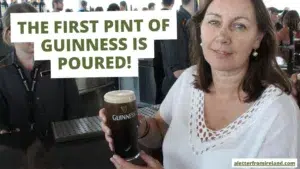
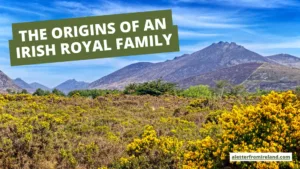
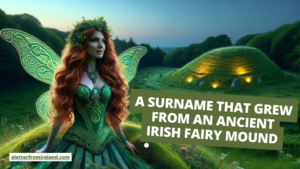
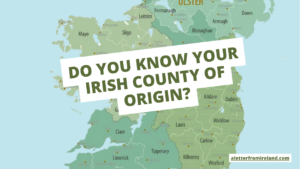
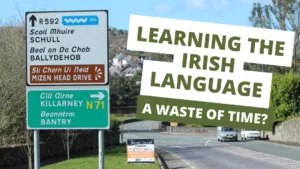
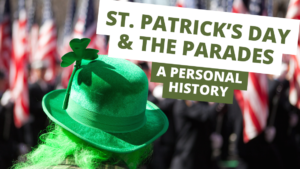
Only Plus Members can comment - Join Now
If you already have an account sign in here.